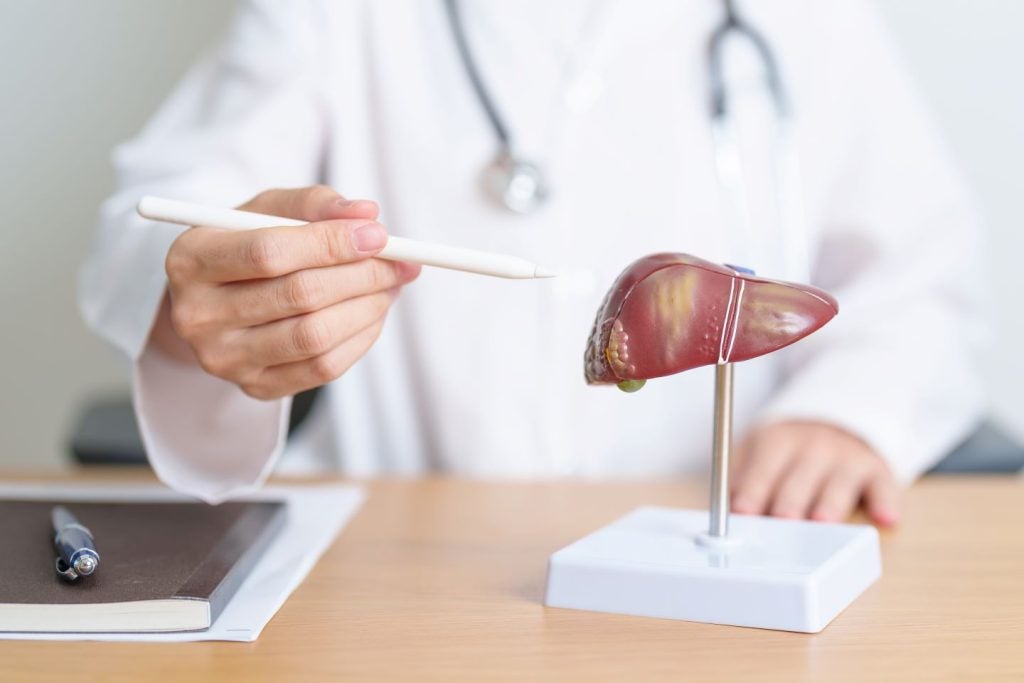On April 5, the European parliament voted in favor of tightening regulations for medical devices and diagnostics to ensure stricter post-market surveillance, and the addition of safety checks for devices deemed as ‘higher-risk.’ Traditionally, the tightening of regulations can spell disruption and confusion for the ensuing industries. However, this was not the case. For many in the med-device industry the regulation was welcomed as a much needed amendment to device development. The CEO of MedTech Europe, hailed the tightened regulations as necessary for the industry. GS1, the UK’s leading not-for-profit standards organization, which works with the Department of Health, NHS England, and the industry to help drive more efficient and compliant ways of working, is also in favor of the new regulations. The overwhelming support ties in, at least in part, with previous malpractice in the device industry. Considering the recent high profile cases which have shed a bad light on the medical device industry, such as ‘metal-on-metal’ implants and the PIP breast implants scandal, it would appear that such regulations are a much needed necessity for the industry. The new rules will be far-reaching, incorporating random inspections of producers’ facilities once devices have been placed on the market, as well as the distribution of new “implant cards” amongst patients to ensure that devices are able to be tracked once they are implanted.
The Regulations had been previously suggested by the Commission in 2012, however, time has been taken to formerly construct regulations which can both control and improve the medical device industry. The transitional process for the rules will begin 20 days after the new laws are published within the ‘Official Journal.’ These will be expected at the beginning of May, meaning the official transition date will commence around the start of June. There will be some years before the regulations become widely applicable to all devices, not requiring implementation for in vitro diagnostic medical devices for another five years. Such measures are deemed as being beneficial for regulated medical device companies as well as unbeneficial for ‘cowboy’ developers hoping to approve their devices for the market as quickly as possible with potential dangerous implications for patients. Elzbieta Bienkowska, the Commissioner for Internal Market, Industry, Entrepreneurship and SMEs, said that the new regulations reflected a “stronger supervision in the interest of our citizens,” and reflected tighter regulations happening across consumer markets. She also noted it is vital to not “wait for another scandal,” but instead begin a ‘discussion’ on how the industry can strengthen European oversight over Member States’ market surveillance activities.
A change the new regulations will bring will include a more rigorous review of all premarket high-risk devices. This will include products like aesthetic devices, colored contact lenses and liposuction equipment, as well as nano-materials that come into contact with membranes within the body. Another key element to the regulation is the tracking of devices once they have been implanted into patients through a Unique Device Identification system. This will ensure that potentially defective devices can be identified. A Unique Device Identification system will help trace patients and they will also be issued with an ‘implant card’. This can then be accessed via a publicly accessible database to allow patients to freely check their devices. Such measures will be key to avoiding widespread harm that may be caused by potentially harmful implanted devices.
The new regulations are still in their infancy, so it will be a few months yet before medical device companies fully understand how they can implement new processes to abide by the new rules. Nevertheless, it is evident the new regulations have been developed to help the industry continue to strive for safer yet innovative medical device development.









